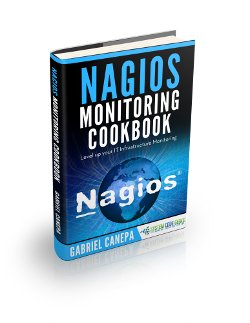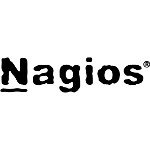Nagios Tutorial for IT Monitoring
Course Overview
Nagios, now known as Nagios Core, is a free and open source computer-software application that monitors systems, networks and infrastructure. Nagios offers monitoring and alerting services for servers, switches, applications and services. It alerts users when things go wrong and alerts them a second time when the problem has been resolved.
Nagios was originally designed to run under Linux, but it also runs well on other Unix variants. It is free software licensed under the terms of the GNU General Public License version 2 as published by the Free Software Foundation. (Source: Wikipedia).
In this course, we provide a compilation of Nagios tutorials that will help you set up your own monitoring infrastructure. We cover a wide range of topics, from installation and configuration, to plugins and NRPE. With our straightforward tutorials, you will be able to get your own projects up and running in minimum time.
About the Author
Gabriel’s areas of expertise and interest are Linux system administration, shell scripting, database administration (SQL Server, MySQL, Oracle 11g), object-oriented and procedural programming (Python and PHP), desktop applications (C#, Visual Basic, Excel with VBA) and web development (jQuery, HTML5, CSS3, PHP).
He has also been working as a Level-1 TSR (Technical Support Representative) supporting onsite the startup and ongoing operation of the WMS in a major multinational company, running Red Hat Enterprise Linux and Oracle 11g as RDBMS.
Lessons
Nagios Core Installation and Configuration on Ubuntu Server
In this tutorial we will show you how to install and use Nagios Core in an Ubuntu 14.04 server. We will then demonstrate how to monitor the availability (whether the host is up or down) in a CentOS 7 system, and the status of the web service running therein. In a future guide, we will also add more advanced monitoring features for services on the same host.
Using Nagios plugins and NRPE to check network services and metrics on remote hosts
In this guide we will dive more deeply into Nagios Core plugins and what you can do with them. Additionally, we will introduce you to NRPE (Nagios Remote Plugin Executor), an utility that will allow you to run Nagios Core plugins remotely both in Linux and Microsoft Windows machines to check metrics such as disk space usage and CPU load.
Nagios monitoring through SNMP
You can use the Simple Network Management Protocol (SNMP) with Nagios to manage other types of network devices, such as printers, routers, and switches. This will be the topic that we will address in this guide. SNMP not only allows to collect information about a network device, but also to modify the behavior of such device.
Nagios alternatives: Centreon and Icinga
You can use the Simple Network Management Protocol (SNMP) with Nagios to manage other types of network devices, such as printers, routers, and switches. This will be the topic that we will address in this guide. SNMP not only allows to collect information about a network device, but also to modify the behavior of such device.




